Birth name Jose Monge Cruz Associated acts Paco de Lucia Occupation(s) Musician, singer Name Camaron la | Instruments vocals, guitar Role Singer Years active 1969–1992 | |
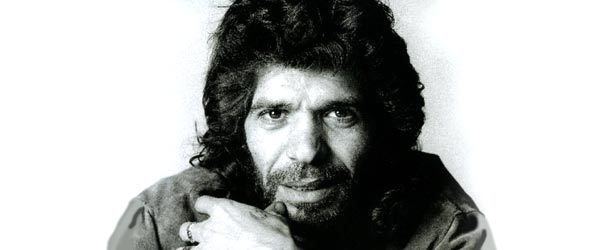 | ||
Movies Sevillanas, Paco de Lucia: Light and Shade Albums La Leyenda del Tiempo, Paris 1987, Camaron - la Pelicula, Camaron nuestro, Castillo de Arena | ||
El legado camar n de la isla
José Monge Cruz (5 December 1950 – 2 July 1992), better known by his stage name Camarón de la Isla (Spanish: Island Shrimp), was a Spanish flamenco singer. Considered one of the all-time greatest flamenco singers, he was noted for his collaborations with Paco de Lucia and Tomatito, and the three of them were of major importance to the revival of flamenco in the second half of the 20th century.
Contents
- El legado camar n de la isla
- Camaron de la isla y Paco de Lucia Como El Agua
- Early life
- Musical career
- Health Issues and Death
- Posthumous Awards and Recognitions
- Partial discography
- Songs
- References
Camaron de la isla y Paco de Lucia Como El Agua
Early life
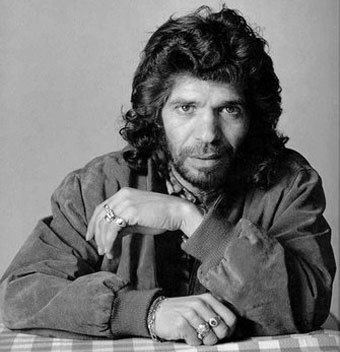
He was born in San Fernando, Cádiz, Spain, into a gypsy family, the second of eight children. His mother was Juana Cruz Castro, a basket weaver ("La Canastera"), whose gift of singing was a strong early influence. His father, Juan Luis Monge, was also a singer as well as a blacksmith, and had a forge where Camarón worked as a boy. His uncle José nicknamed him Camarón (Spanish for "Shrimp") because he was blonde and fair skinned. When his father died of asthma, while still very young, the family went through financial hardship. At the age of eight he began to sing at inns and bus stops with Rancapino to earn money. At sixteen, he won first prize at the Festival del Cante Jondo in Mairena de Alcor. Camarón then went to Madrid with Miguel de los Reyes and in 1968 became a resident artist at the Tablao Torres Bermejas where he remained for twelve years.
Musical career
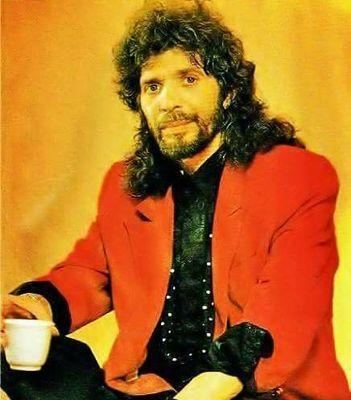
During his time at Tablao Torres Bermejas, he met Paco de Lucía, with whom he recorded nine albums between 1969 and 1977. The two toured extensively together during this period. As Paco de Lucía became more occupied with solo concert commitments, Camarón worked with the flamenco guitarist Tomatito.
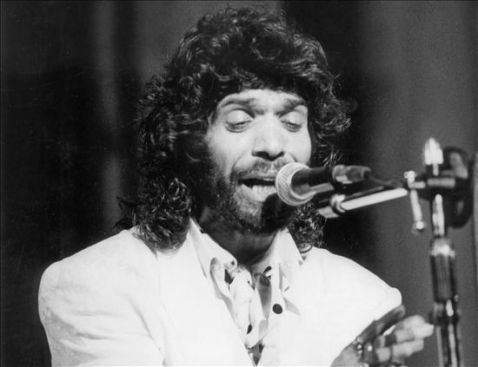
In 1976, at the age of 25, Camarón married Dolores Montoya, a Romani girl from La Línea de la Concepción whom he nicknamed "La Chispa" (The Spark). At the time La Chispa was only 16. The couple had four children.
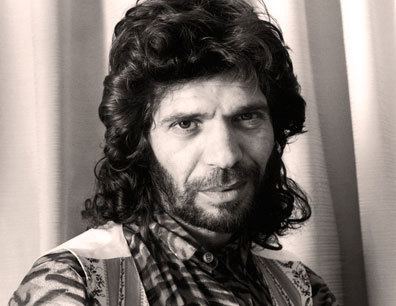
Many consider Camarón to be the single most popular and influential flamenco cantaor (singer) of the modern period. Although his work was criticized by some traditionalists, he was one of the first to feature an electric bass in his songs. This was a turning point in the history of Flamenco music that helped distinguish Nuevo Flamenco.
Health Issues and Death
In later years, his health deteriorated due to heavy smoking and drug abuse.
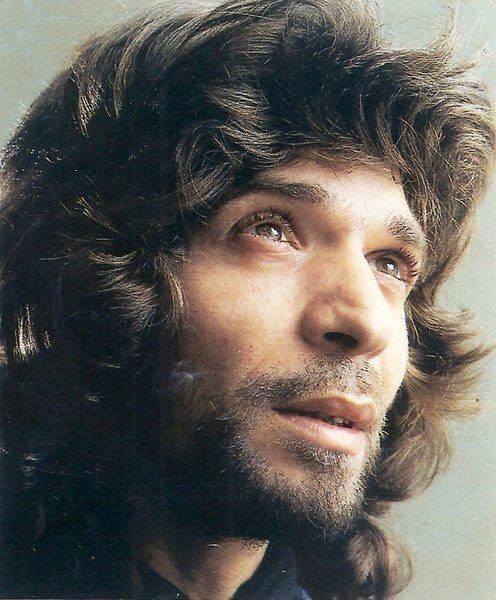
In 1992, José Monge Cruz died of lung cancer in Badalona, Spain. It was estimated that more than 100,000 people attended his funeral.
Posthumous Awards and Recognitions
On 5 December 2000 the Ministry of Culture of the Junta de Andalucía posthumously awarded to Camarón the ´Llave de Oro del Cante´, the Golden Key of Flamenco. This was only the fourth key awarded since 1862.
In 2005, film director Jaime Chávarri released the biopic Camarón in Spain starring Óscar Jaenada as Camarón and Verónica Sánchez – star of popular Spanish TV series Los Serrano – as La Chispa. The film, produced in consultation with Camarón's widow, was subsequently nominated for several Goya Awards.
In 2006, Isaki Lacuesta directed La Leyenda del Tiempo (The Legend of Time), in which a Japanese woman visits Camarón's birthplace to learn to sing exactly like him.
Partial discography
with Paco de Lucía (Their first albums were nameless, but were known among aficionados by the name of the first track)
with Paco de Lucía and Tomatito
with Tomatito
Other
The titles given for the first five albums with Paco de Lucía are those in popular usage, being the titles of the first tracks. Formally, all of them are entitled El Camarón de la Isla con la colaboración especial de Paco de Lucía with the exception of Canastera.
Songs
Soy gitanoSoy Gitano · 1989
Como el AguaComo el Agua · 1981
La leyenda del tiempoLa Leyenda del Tiempo · 1979
